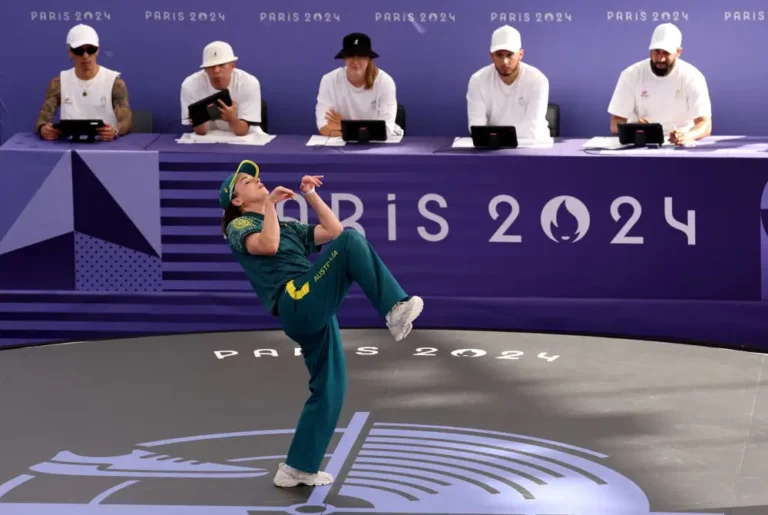Stanford and Cal join the ACC: The third newcomer, SMU, could be the key to reducing travel demands on the West Coast schools
The bicoastal conference plans to get creative with scheduling for Olympic sports
Cal and Stanford fans planning to travel with their teams beginning next fall will have the opportunity to visit the ACC’s big cities and storied college towns, from Chapel Hill, Tallahassee, and Charlottesville to Miami, Atlanta, and, err, Dallas.
SMU and the Bay Area duo joined the league on Friday. The university in Dallas not only brings a massive media market, but also a campus with workable geography for schools on both coasts.
If the ACC eventually implements a creative scheduling plan for its Olympic sports, it could be the Cardinal and Bears’ preferred destination.
“There were countless hours of discussions about how we can schedule in the future,” said ACC commissioner Jim Phillips on Friday. “It was a fantastic exercise.” We want to relieve as much of the burden as possible from the student-athletes. We must be inventive.”
One possibility is to make SMU’s campus, or the Dallas-Fort Worth area in general, a neutral-site hub for intra-conference matches, meets, and events.
“The ACC is very interested in using Dallas as a location where teams could come together to play games in order to minimize the impact of travel on both the eastern members as well as Cal and Stanford,” said Cal Chancellor Carol Christ.
“We’re working really hard. I don’t downplay the difficulty it presents for athletes, but I believe there are things we can do to mitigate it.”
Some Cal and Stanford teams will find the logistics of competing in a Charlotte-based conference more difficult than others.
According to the Cardinal’s website, 22 of its 36 sports “will see either no scheduling changes or minimal scheduling impacts.”
Meanwhile, Christ stated that the move into the ACC will have “minimal or no effect” on 19 of Cal’s 30 teams’ travel.
Golf, tennis, cross-country, and rowing are examples of unaffected or minimally-affected sports that compete in meets or tournaments during the regular season.
“Their travel patterns will essentially be identical (to the current situation),” Christ added. “We already have a few teams that travel to the East Coast, such as field hockey.” And I’m not concerned about football,” which will travel to a few conference games each year.
Men’s and women’s basketball, baseball, softball, and volleyball are the most likely to be affected.
“We’ll be working really hard on that to see what we can do with joint travel with Stanford,” Christ promised.
Many Olympic sports teams already play non-conference games on the East Coast, according to Cal athletic director Jim Knowlton, who added that men’s soccer, for example, “will probably have two trips and play two games out east, and their non-conference schedule will be far more local.”
“So the net travel (impact) they will experience is one additional trip east.”
During the weeks of negotiations between the ACC and the Bay Area schools, the scheduling component consumed many hours. However, a firm grasp of the sport’s specifics could take months.
“We looked at how many times they had already traveled,” Phillips explained. “It was incredible how many times they came this way.
“We pressed Cal and Stanford hard about how they felt about (the trip).”
“We have work to do, but we feel like we’re on the right track.”




